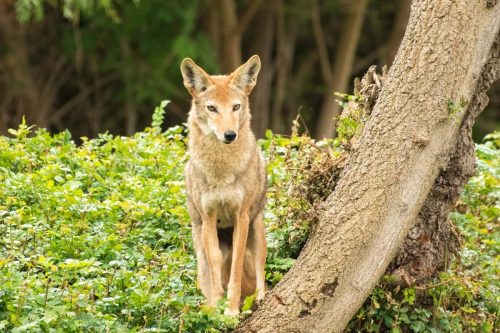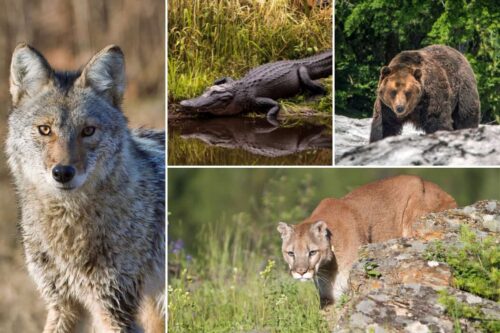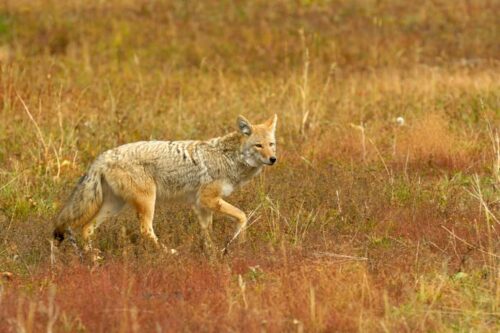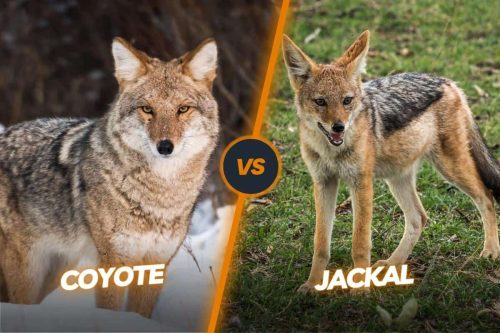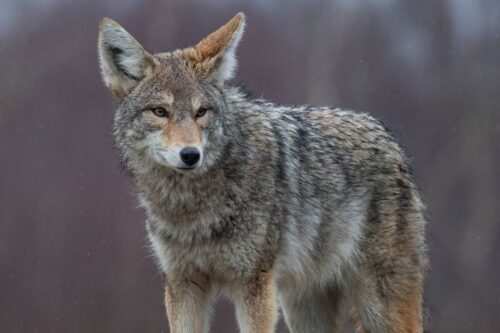Coyotes in Wisconsin: Thriving in Diverse Landscapes
Coyotes could be in almost every state of the USA and it is also very common in every county of Wisconsin. These wild dogs are commonly found in the grasslands and open lands and sometimes they also go towards the valleys and hillsides if they are facing a scarcity of food. They can be found in dull, yellow, or grey colors in this state. The size of the coyote in Wisconsin is almost the same as the size of the coyote in other states. Other than coyotes, Wisconsin is also known for its foxes and wolves. In this article, we are going to discuss the Wisconsin coyotes in detail.
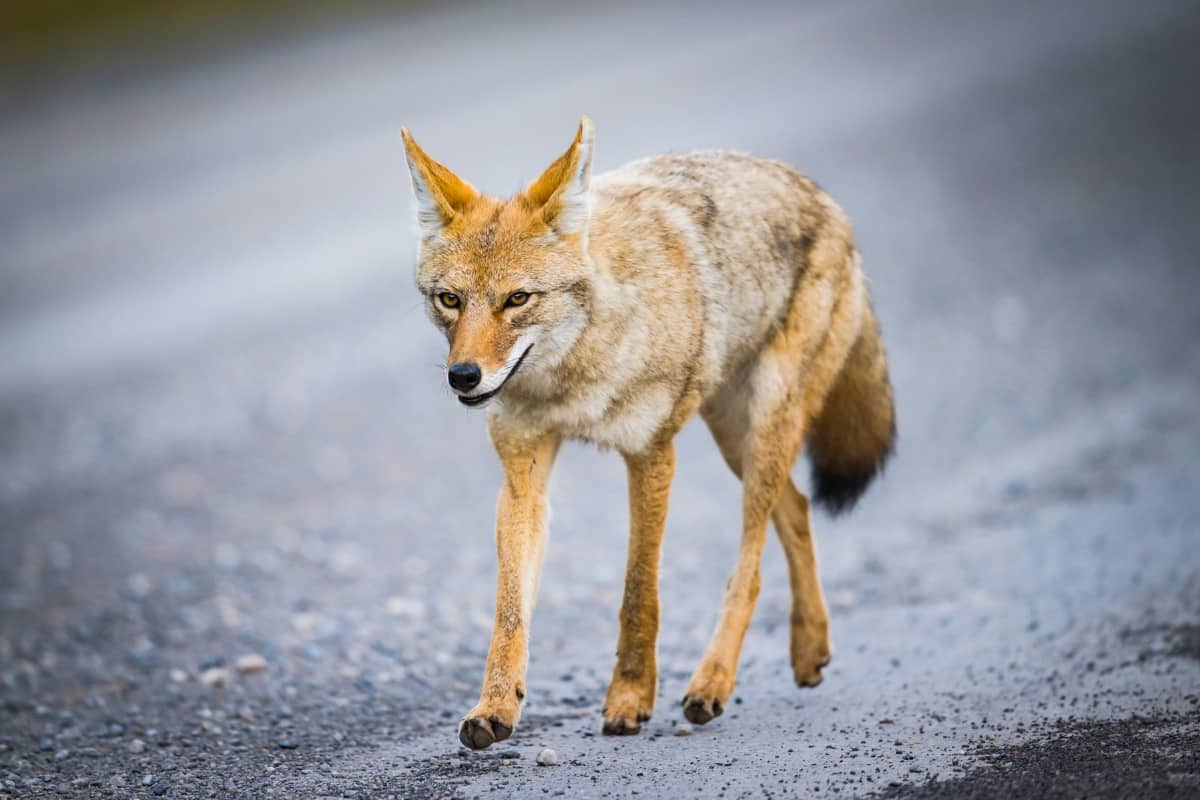
Contents
Wisconsin coyotes
Coyotes are not native wild animals of Wisconsin state. They expanded their range from the western United States in the early 20th century. They have since become established and can now be found throughout the state. They primarily feed on small mammals like rabbits, rodents, and occasionally deer. They are also opportunistic and may scavenge on carrion or consume fruits and insects when available. It’s worth noting that coyotes generally avoid human interactions and pose little threat to people if left undisturbed.
However, it’s essential to take some precautions to minimize conflicts, especially in suburban and urban areas. There is also some unique feature of the Wisconsin coyotes. They can hold their ear at an acute angle and detect their prey from very far away. In this way, they can also detect the danger or the predators coming towards them from very far away.
History of the Coyotes in Wisconsin
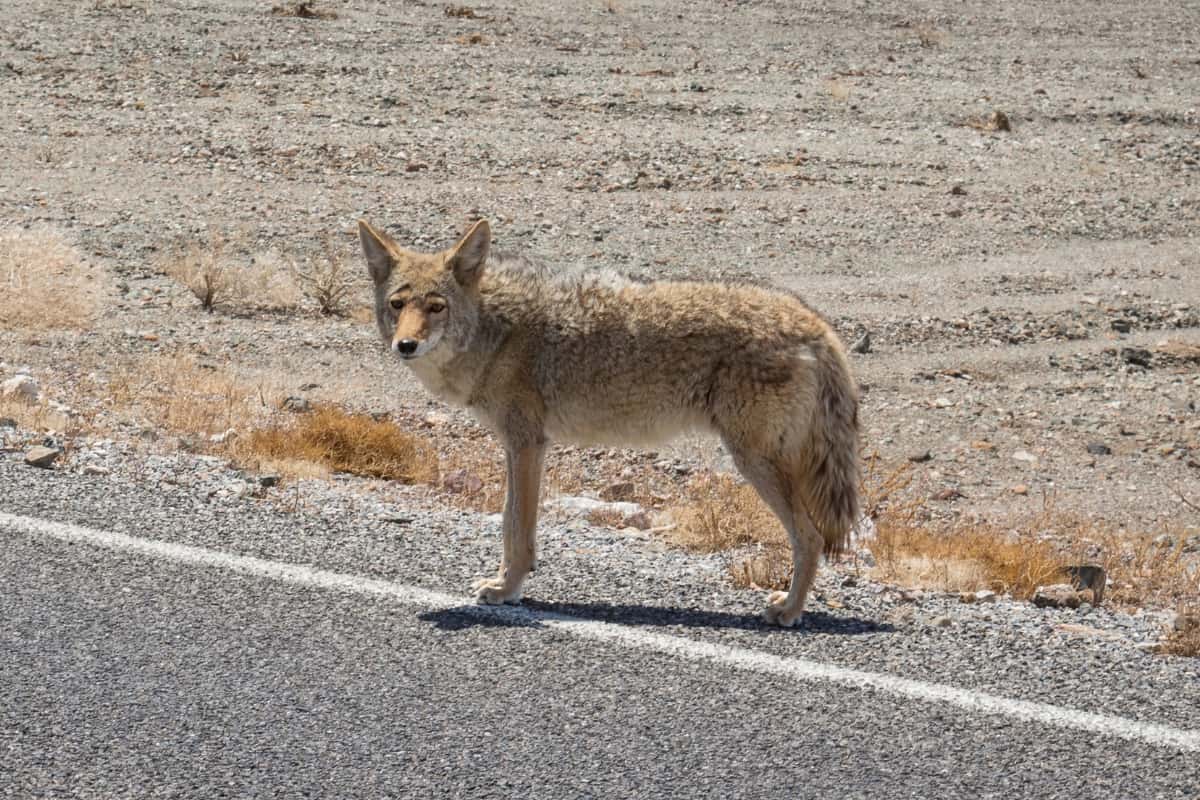
The presence of coyotes in Wisconsin can be traced back to the early 20th century when they started expanding their range eastward. Several factors contributed to this expansion, Destruction of Wolf Populations, Adaptability, Connectivity, Human Activity, and the absence of predators. By the 1930s, coyotes had started to appear in Wisconsin, and their numbers continued to grow over the years.
Today, they can be found in all 72 counties of the state. Coyotes have become well-established residents of Wisconsin’s landscapes, including rural, suburban, and urban areas. As coyotes settled in Wisconsin, they adapted their behaviors and diet to the available resources. They play a vital ecological role in controlling rodent populations and scavenging carrion, helping to maintain ecosystem balance.
Read more: Are there coyotes in Maryland?
Reproduction of coyotes in Wisconsin
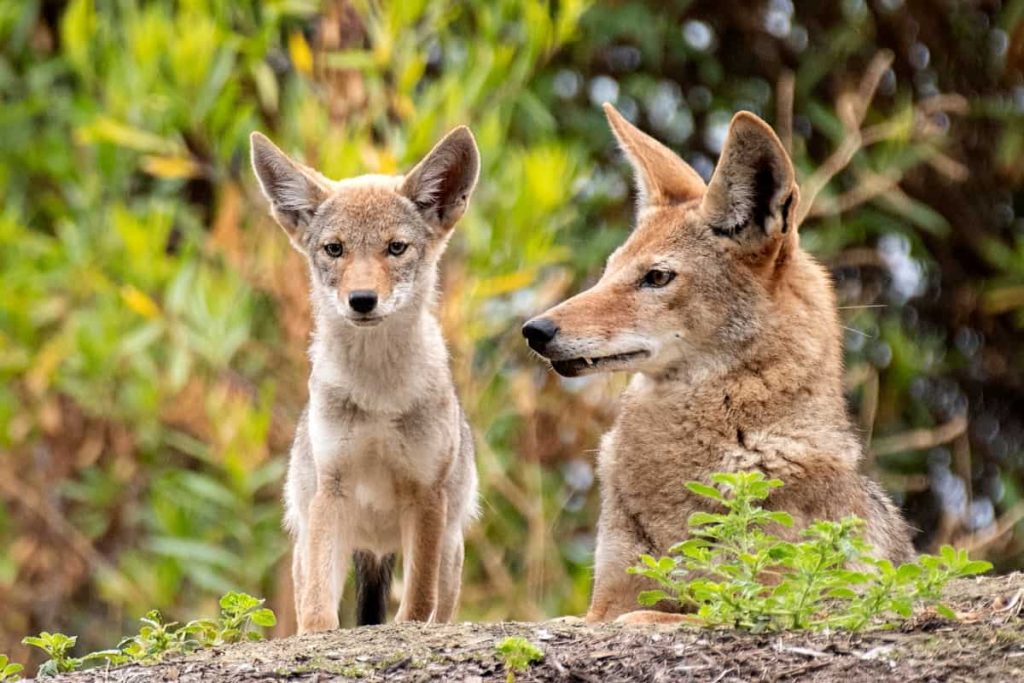
Coyotes are known for their ability to adapt and thrive in various environments, including Wisconsin. In the state, coyotes reproduce and maintain their populations through a combination of mating behaviors, denning, and raising their young. Coyote mating season in Wisconsin occurs in late winter, from January to March, with the peak activity in February. During this time, male and female coyotes become more vocal, and they may engage in courtship behaviors. After mating, the female coyote’s gestation period lasts around 63 days.
In late April to mid-May, the female coyote will seek out a suitable den site to give birth to her pups. Dens are often located in brushy or wooded areas, rock crevices, or even burrows dug by other animals. The female will line the den with grass, fur, and other materials to create a comfortable and safe space for her offspring. Coyotes in Wisconsin typically give birth to litters ranging from 4 to 7 pups. The female will nurse and care for her pups in the den for the first few weeks of their lives, while the male may help by bringing food to the den.
After about 3 to 4 weeks, the pups will start to venture out of the den and explore their surroundings. As they grow older, they will begin to accompany their parents on hunting trips to learn essential survival skills. Coyotes are devoted parents, and the entire family plays a role in raising the young until they become independent at around 6 to 9 months of age. At this point, the pups disperse to find their territories and start their own lives, contributing to the maintenance and expansion of the coyote population in Wisconsin.
Coyote hunting in Wisconsin

Coyote hunting is allowed in Wisconsin and regulated by the Wisconsin Department of Natural Resources. Coyotes are not protected as game animals in the state, meaning there are no closed seasons or bag limits for hunting them.
Some key points to know about coyote hunting in Wisconsin are given:
Licensing: To hunt coyotes in Wisconsin, you must possess a valid Wisconsin small game hunting license. Hunters are encouraged to review the specific hunting regulations provided by the WDNR to ensure compliance.
Firearms and Equipment: Coyotes can be hunted with various firearms, including rifles, shotguns, and muzzleloaders, depending on the specific season and local regulations. Additionally, hunters may use electronic calls and artificial lights when hunting coyotes.
Landowner Permission: If you plan to hunt on private land, it is essential to obtain permission from the landowner before hunting.
Please keep in mind that hunting regulations and seasons may change over time, so it is crucial to consult the latest hunting regulations from the Wisconsin Department of Natural Resources or contact local authorities for the most up-to-date information before planning a coyote hunting trip in Wisconsin.
Conclusion
Coyotes have become an intriguing and adaptable addition to Wisconsin’s wildlife landscape. These canines have expanded their range into the state in the early 20th century. Over the years, they have thrived in diverse habitats, from rural areas to suburban neighborhoods and even urban environments. Coyotes in Wisconsin play an essential role in ecosystem balance by controlling rodent populations and scavenging carrion. Their ability to adapt to changing environments, combined with their opportunistic diet, has allowed them to coexist alongside human populations successfully.

Izzy is an experienced ranch worker who has a passion for exploring nature and getting up close to wildlife. With her connections to various animal organizations, Izzy is well-versed in animal care and rehabilitation.

